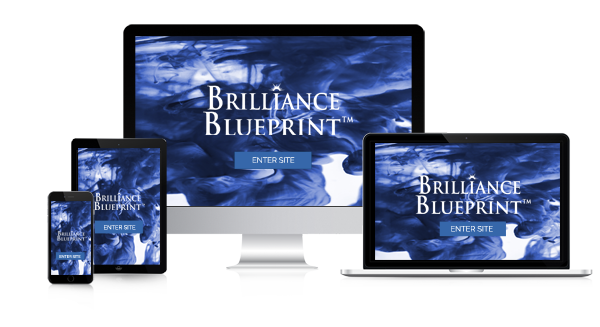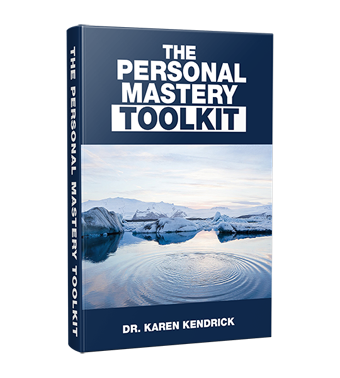ONE KEY TO YOUR PRODUCTIVITY
ABOUT THE EPISODE
While there are many ways to improve your productivity, it all starts with one basic strategy. Learn the foundational technique for boosting how much you accomplish.
TRANSCRIPT
A lot of people ask me, “How can I be more productive”?
Well, of course, productivity is a complex topic.
We can look at everything from your physicality and how you’re managing your energy, to what technology you’re leveraging, how you’re managing your time, how you’re managing your relationships, how you’re going about decision making, how you’re setting your goals, and how you’re documenting things.
So obviously, productivity is a fairly broad topic.
But one thing that I always recommend that people start with is to do a deep dive analysis of their time.
Now, that may sound straightforward and simple, but most people don’t do this in enough detail.
You have to look forensically at your time now, how it’s being spent, and then come up also with an ideal of what you think you should be spending your time on, and look at where those gaps are.
So how I recommend that you do that is just to use a pie chart approach.
Is just to think about all the major chunks, probably about anywhere from about 7, to 12, to maybe even 15 different categories of activities that you do on a weekly basis that represent the major areas of time spent.

MASTER YOUR GAME
Get world-class training to boost your self-knowledge, success, and fulfillment.
So, for example, one pie slice might be morning and evening routines. Maybe that’s 5% of your time, or 3% of your time.
Maybe another chunk of it is meal preparation. Maybe another is commuting to work. Maybe another is problem solving. Maybe another is email or phone time.
So whatever those 10 to 15, or sometimes people even have up to 20 of these categories, that represent how you’re spending your time now and really get granular with this.
Go ahead and do an hour-by-hour analysis for a week if you need to.
Some people put together a whole grid chart and they start, you know, with their morning routine, how much time they’re spending on that and going through and doing that for Monday through Friday or even Saturday, Sunday, too, for a whole week.
And look at that, and then allocate percentages to that.
So you get again, the pie chart big picture of exactly how you’re spending your time now on these different activities.
Once you have that, then it’s more about, how is it that I should be spending my time? What should I be making more time for?
Is it more time for family and friends? More time for long-term strategic planning? More time for problem solving? More time for work on my long term project? Or whatever it is.
Once you’ve done that and you have those two pie charts side by side, then it’s about looking at what do I need to reduce spending some time on, now that I really understand and see the Aha’s of ‘Wow, I’m really spending more time on this than I thought.”
And look at, “How can I close the gap?” “What can I eliminate from a time perspective so I can free that up some hours in my week to focus on those areas that I need to be spending more time on?”
So you have to know the now, and you have to know the future, of where you want to be spending your time.
And then figure out strategies for closing that gap.

Get a FREE copy of The Personal Mastery Toolkit!
Raise your game and lead an exceptional life.
IF YOU LIKED THIS CONTENT, CHECK OUT:
10 KEYS TO BEING MORE MOTIVATED AND PRODUCTIVE
NEW TO KAREN?



